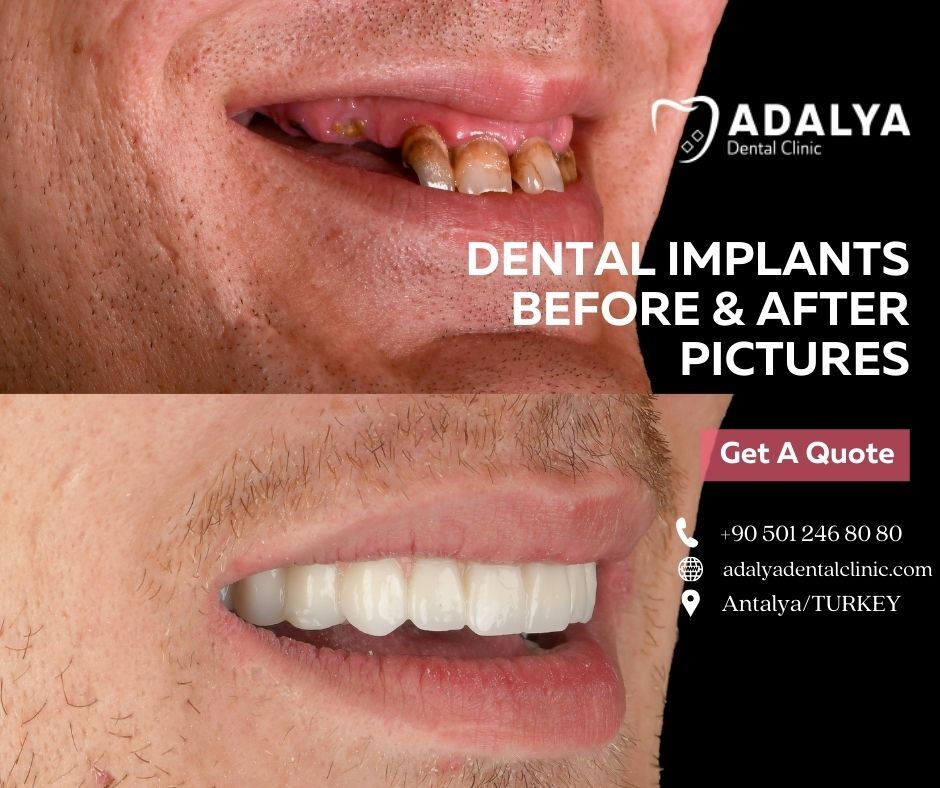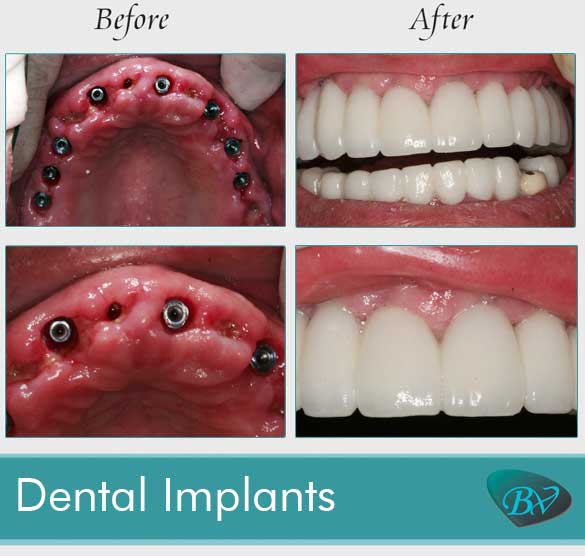Getting The Dental Sense To Work
Table of ContentsOur Dental Sense StatementsHow Dental Sense can Save You Time, Stress, and Money.A Biased View of Dental SenseDental Sense - Truths
are medical tools surgically dental implanted into the jaw to recover an individual's capability to chew or their appearance. They give support for artificial (phony) teeth, such as crowns, bridges, or dentures. When a tooth is shed because of injury or illness, a person can experience difficulties such as rapid bone loss, defective speech, or adjustments to eating patterns that lead to pain.Dental implant systems contain an oral implant body and dental implant abutment and might additionally include a joint addiction screw. Dental veneers cost. The dental implant body is operatively put in the jawbone instead of the tooth's origin. The dental implant joint is typically connected to the dental implant body by the abutment addiction screw and extends with periodontals right into the mouth to support the affixed artificial teeth
(http://tupalo.com/en/users/8103990)Structure of The Dental Implant System picking dental implants, speak with your oral copyright regarding the prospective advantages and risks, and whether you are a prospect for the procedure. Things to think about: Your total wellness is a crucial factor in figuring out whether you are an excellent candidate for dental implants, just how long it will take to heal, and how much time the dental implant may remain in location.
Smoking may impact the healing process and reduce the long-term success of the dental implant. The recovery process for the implant body may take a number of months or longer, throughout which time you commonly have a short-lived abutment instead of the tooth. the oral implant treatment: Carefully comply with the dental health instructions provided to you by your oral supplier.
The Greatest Guide To Dental Sense
Implant failing can cause the need for an additional operation to take care of or change the dental implant system. Recovers the ability to chew Brings back aesthetic appearance Aids keep the jawbone from shrinking due to bone loss Maintains the wellness of the surrounding bone and gums Aids maintain surrounding (neighboring) teeth steady Boosts lifestyle Damage to surrounding natural teeth throughout dental implant placement Injury to the surrounding cells during surgical procedure, such as sinus perforation Injury throughout surgery (as an example, crack of bordering jawbone) Inadequate feature, such as really feeling like the teeth do not attack with each other typically A sensation that the tooth hangs or turning in position resulting from a joint screw loosening Implant body failure (looseness of the dental implant body) due to systemic infection, which might be more probable in patients with unrestrained diabetes because of local infection in bone and periodontals supporting the dental implant body due to delayed recovery, which might be more probable in clients who smoke Problem cleaning the gums around the implant, causing poor oral hygiene Untreated periodontal condition Post-surgical numbness as a result of nerve impingement or damages Always inform health and wellness treatment suppliers and imaging professionals that you have dental implants before any type of magnetic resonance imaging (MRI) or x-ray treatments.
FDA is not aware of any type of adverse occasions reported for MRI or x-ray procedures with oral implants. Oral implants systems are generally made of products that comply with global agreement criteria of the International Company for Standardization (ISO) or ASTM International. These requirements have details of what makes a secure material.

A dental implant is a structure that changes a missing out on tooth. With screw-like tools, the doctor inserts a dental implant into the jawbone, and it acts as a support for a synthetic tooth, called a crown. A tool called an abutment attaches the synthetic tooth to the dental implant. The crown is customized to fit the individual's mouth and match the shade of their teeth.
A Biased View of Dental Sense
Some individuals are not qualified for oral implant surgery. It is for oral specialists to operate on people with: severe illnessuncontrollable metabolic diseasebone or soft tissue disease or infectionIf these issues are resolved, a person can have the surgery. In, oral cosmetic surgeons abstain from running on people with: If individuals with any of the above undertake dental implant surgical procedure, there is a higher risk of the dental implant falling short.

Oral dental implant surgical procedure is a tailored procedure. It's not the exact same for everyone. However the complying with offers a basic overview of what you can anticipate your dental expert, dental cosmetic surgeon, periodontist or prosthodontist to do: Place the dental implant operatively. Provide you time to heal. Affix the article and final crown, bridge or denture.
Next, your cosmetic surgeon will thoroughly place the oral implant right into your jaw. Your cosmetic surgeon will reposition your gum tissues and shut the cut with stitches. If your implant is near the front of your mouth, your dentist will certainly make a temporary tooth for you to use till you heal. In this way, you will not have a gap in your smile while you recuperate.
Not known Factual Statements About Dental Sense
During the recovery stage, your jawbone ought to fuse to the dental implant. This procedure can take anywhere from 3 to 9 months.
As soon as your implant heals, your dentist can affix the abutment (small connector blog post) and your last remediation (crown, bridge or denture). This generally takes concerning one hour to finish and might call for a 2nd small surgery. You should not feel any type of pain during your oral implant treatment since your company will certainly utilize medicine to numb your periodontals.